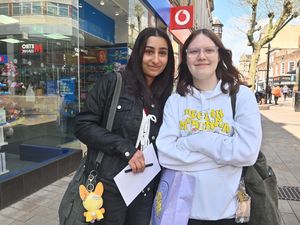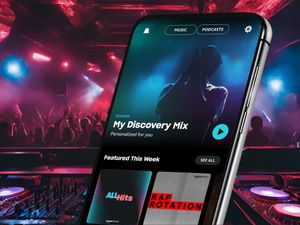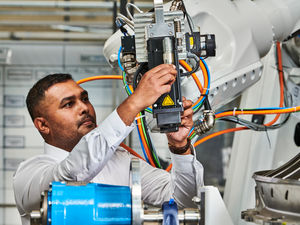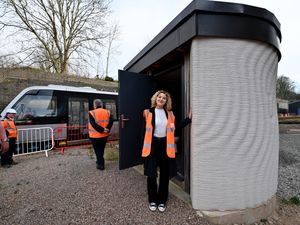Snapchat chief says firm’s entertainment platform ‘won’t ever fully replace TV’
Sean Mills said the company’s ‘different’ approach to making content for mobile was appealing to users but would never take over from television.

Snapchat’s “very different” approach to TV content will help it entice users to the platform but will not replace traditional television, a company executive has said.
Sean Mills, Snapchat’s head of original content, said the experience of watching some shows on a big screen at home or in a cinema could not be replaced on a mobile device.
The camera app announced last week that it was to launch 10 new Snap Original programmes – all filmed as short, vertical video series designed solely to be consumed on a phone.

They include Two Sides, a scripted teen drama which will show a young couple’s break-up from both characters’ point of view at the same time, with one perspective appearing above the other in portrait orientation on a smartphone.
However, Mr Mills said that, despite the growth of use among young people and the current shift towards streaming currently taking place in film and television, he does not expect the likes of Snapchat to ever fully replace the TV.
“My feeling is that, because they’re such different mediums, I don’t want to watch Game Of Thrones on my phone. I want to watch it on television,” he told the Press Association.
“I think television will always be a great medium. I love going to a movie theatre – I wouldn’t go to a movie theatre to watch our shows. I want to watch our shows on a phone.”
The company first launched original content last year, and Mr Mills said audience views and engagement had been consistently growing since then, fuelling the decision to launch a range of new programmes.
He added that the firm’s focus on video which worked best vertically on a mobile phone screen also allowed Snapchat to stand out from other streaming or “over-the-air” TV platforms.

The major new push into entertainment also comes barely a week after Apple unveiled its own plans for a subscription-based TV service which will revolve around its own range of original content, as a major shift in the TV landscape continues, following the rise of platforms such as Netflix.
“We’ve put a lot of creative thinking into content that makes the most sense on a phone, and I think that’s why our approach has always been really unique because it’s not another OTT platform,” said Mr Mills.
“We talk about Snap Originals and say we’re playing a different game, and quite literally what that means in this town (Los Angeles) is that people normally will take a script or a concept for a show and they will go to every network, every OTT platform and they will try to sell that thing. They don’t come to us.
“Instead, we identify creators that we love, we sit down, we make a partnership and we build something from the ground up together.
“But that is very different. We’re playing a different game there and I think we play that game really well, and we’re going to create some great content that is only for your phone.”
Snapchat has around 186 million daily active users – significantly fewer than social apps such as Facebook and Instagram, but the company has become increasingly influential among younger internet and smartphone users.
Chief executive Evan Spiegel revealed last week that, in the United States, Snapchat now reaches nearly 75% of all 13 to 34-year-olds and 90% of 13 to 24-year-olds.
In terms of monetising those users, while existing services such as Netflix and Amazon Prime Video – as well as Apple’s soon-to-launch Apple TV+ – come with subscription fees, Mr Mills said that model is not one Snapchat is interested in.
“It’s not something that we’ve really entertained right now. We have a great and growing business model that we feel really confident in and can scale significantly from where it is today.
“So we feel really optimistic about that and we love bringing this content to a huge audience and oftentimes a subscription business just shrinks that size.
“We love the cultural impact and how that’s so complementary to the rest of our business so I think we’re really happy with where we’re positioned today.”





